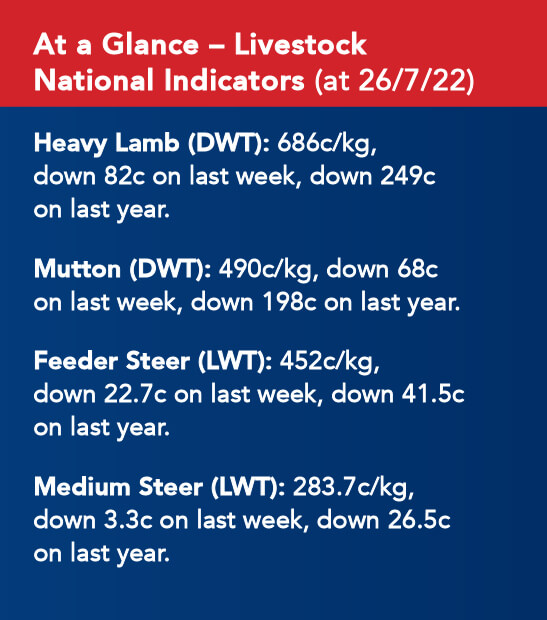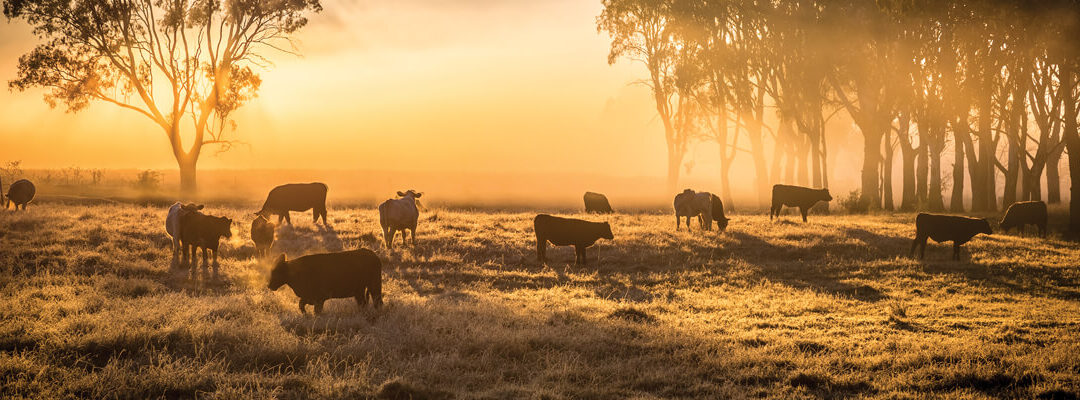Sheep and Lamb
Both lamb and mutton markets have declined over the past few weeks with processors saying they have plenty of stock around them and numbers at major NSW selling centres staying stubbornly high.
An optimist may look at the contracts offered earlier for August pricing and assume that processors have some concerns about supply after the weight of old lamb numbers has eased and prior to new season lambs hitting the market in numbers.
One major mutton processor has conducted some market research and is looking at increasing shifts and staffing (up to 80 extra workers) to accommodate an anticipated increase in mutton supply during the spring.
Domestic processors came forward with new season lamb contract pricing in the mid $8/kg range for August delivery and the contracts were filled within a relatively short time. Moving forward from August, the major domestic buyers will move to a spot pricing structure where vendors can book in a processing slot ahead of time. Prices are released a week ahead of the booked processing day and the vendor can accept or decline at that point. In recent spring selling seasons this has been a good outlet for lambs in the early to mid 20kg weight range.
For lambs out of First Cross ewes or with more weight potential, we expect export processors to release forward pricing over the coming weeks. In recent years, the Griffith market has been a good outlet for these lambs with weight being the driving factor for returns.
Cattle
The cattle market has also been declining week on week, a few factors and theories are at play. Foot and mouth disease seems to be the talk of this industry and restockers in particular have caught the jitters recently.
World supply is another factor with tight seasons in the US and other competing markets causing a sell off. One analyst in particular sees this sell off easing in the next few months to December, and if the seasonal conditions improve in Northern hemisphere markets, this could flip to a rebuild phase, tightening world supply and hopefully improved prices.
Animal Health
In cattle we are seeing a few cases of pregnancy toxaemia with risk factors being lactating cows grazing cereal crops or ryegrass dominant pastures; short pastures less than 4cm in height; above dietary factors combined with wet, cold and windy weather reducing appetite. The underlying cause is Magnesium deficiency, check with your vet or animal health consultant for strategies
to mitigate this deficiency.
The sheep flock seems to have recovered from a difficult summer with flystrike waves and increased worm burden driven by summer rains. Some cases of milk fever have been reported with Calcium supplementation being the answer. Foot soreness (scald and abscess) were present earlier in the season prior to the last few dry weeks. Producers should be wary of foot problems over the coming months as virulent footrot spreads as the weather warms and if you are in doubt about foot problems in the spring you should contact your vet or Local Lands Services.
Producers should also be conscious of the foot and mouth disease risk and familiarise themselves with symptoms and report immediately if suspicious. Click here for further info.


